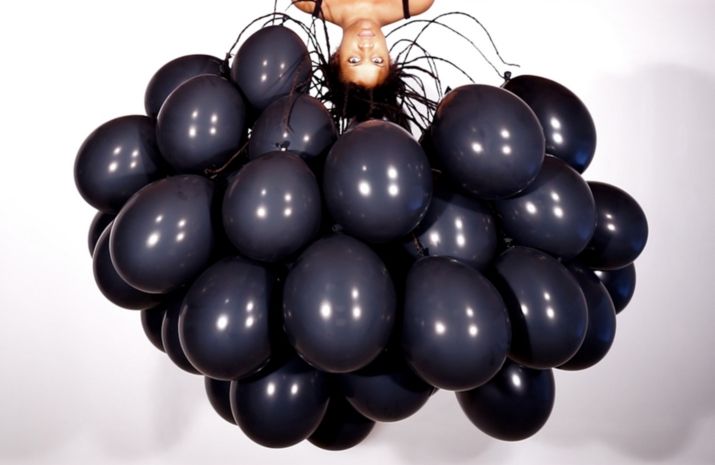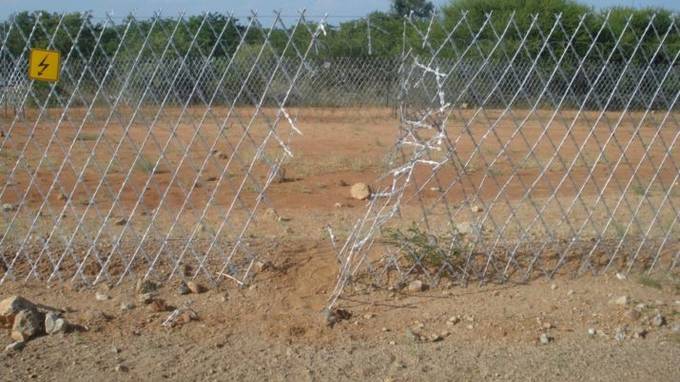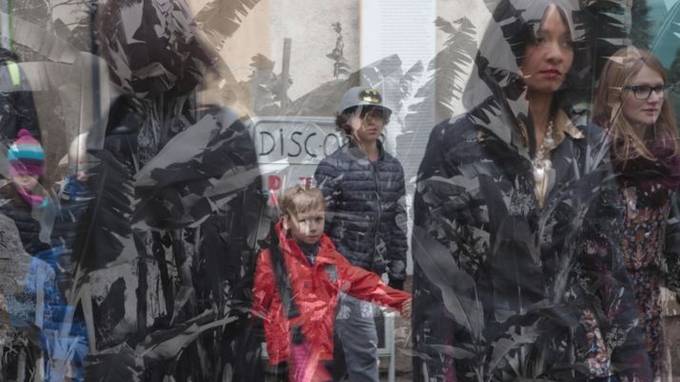Kabbo ka Muwala
Art exhibition – supported by the TURN Fund

The exhibition “Kabbo ka Muwala”, which was shown in Harare, Kampala and Bremen, artistically explored migration and mobility in eastern and southern Africa. A wide range of media, including photo works, films, videos, sculptures and performances proposed alternatives to clichéd representations of the mass exodus to the Global North. In this exhibition, the focus lied on eastern and southern Africa – and particularly South Africa – as the most popular destinations among African migrants today.
The title of the exhibition is Lugandan, the most widely spoken language in Uganda, and means “The Girl’s Basket”. The term refers to a tradition known throughout East Africa in which the bride transports her dowry in a basket and uses it when she visits or returns to her own family. Metaphorically the basket represents all of the expectations and hopes, but also disappointments and setbacks, which come with processes of migration. The issue of gender represented an additional dimension to the exhibition insofar as it confronted the widely-held belief that migration is a male-dominated issue.
Each exhibition venue featured different displays and exhibits referred to the respective region. The project established partnerships with activists and young artists, grass-roots organisations, universities and schools. In contrast to the typical knowledge transfer from North to South, “Kabbo ka Muwala” began at two traditional exhibition venues in Zimbabwe and Uganda before arriving at the port city of Bremen. An illustrated publication accompanied the exhibition.
A project by the Carl von Ossietzky University of Oldenburg in cooperation with the National Gallery of Zimbabwe, the Makerere Art Gallery and the Städtische Galerie Bremen.
Artistic directors: Raphael Chikukwa (Zimbabwe), Katrin Peters-Klaphake (Germany/Uganda), and Ingmar Lähnemann (Germany)
Curatorial Assistant: Anna Kućma (Poland/Uganda), Alejandro Perdomo Daniels (Germany)
Project coordinators: Dr. Lydia Potts and Dr. Katharina Hoffmann (Germany)
Artists: Berry Bickle (Zimbabwe), Jodi Bieber (South Africa), The Border Farm Project (Zimbabwe/South Africa), Rehema Chachage (Tanzania), Mimi Cherono Ng’ok (Kenya), Kudzanai Chiurai (Zimbabwe), Anawana Haloba (Zambia/Norway), Kiluanji Kia Henda (Angola), Wanja Kimani (Kenya/Ethiopia/United Kingdom), Miriam Syowia Kiambi (Kenya), Gerald Machona (Zimbabwe/South Africa), Immy Mali (Uganda), Nástio Mosquito (Angola), Victor Mutelekesha (Zambia/Norway), MwangwiHutter (Germany/Kenya), NakivArt/Anke Fischer (Uganda/Germany), Emma Wolukau-Wanmbwa (Uganda/United Kingdom), Xenson (Uganda), Helen Zeru (Ethiopia), Rut Karin Zettergren (Sweden)
Scheduled dates:
National Gallery of Zimbabwe: Opening date: February 4, 2016; Closing date: in April, 2016
(20 Julius Nyerere Way in Harare, Zimbabwe)
Makerere Art Gallery/Institute of Heritage Conservation and Restoration: Opening date: April 14, 2016; Closing date: in July, 2016
(Margaret Trowell School of Industrial and Fine Arts, Makarere University in Kampala, Uganda)
Contact
Städtische Galerie Bremen
Buntentorsteinweg 112
28201 Bremen (external link, opens in a new window)
www.staedtischegalerie-bremen.de (external link, opens in a new window)


